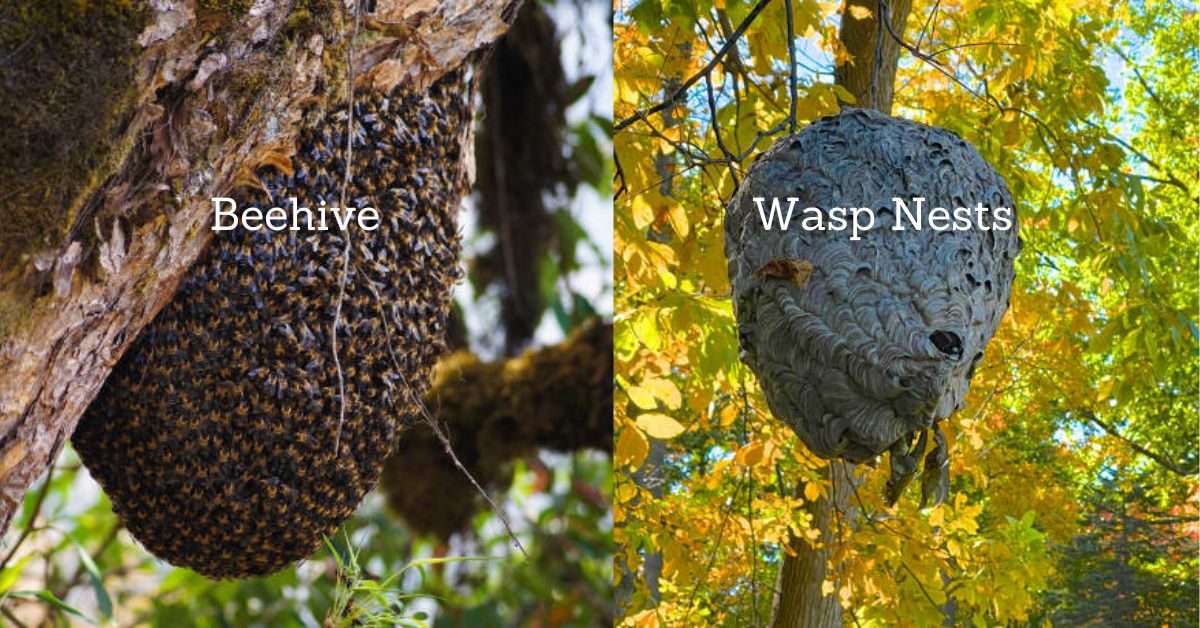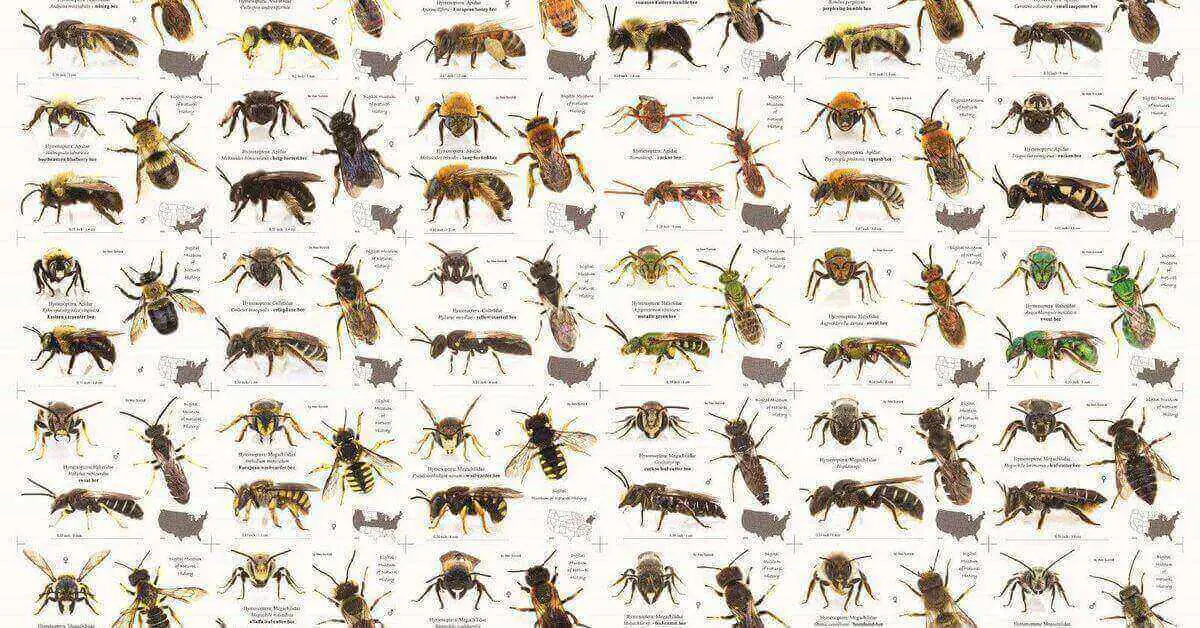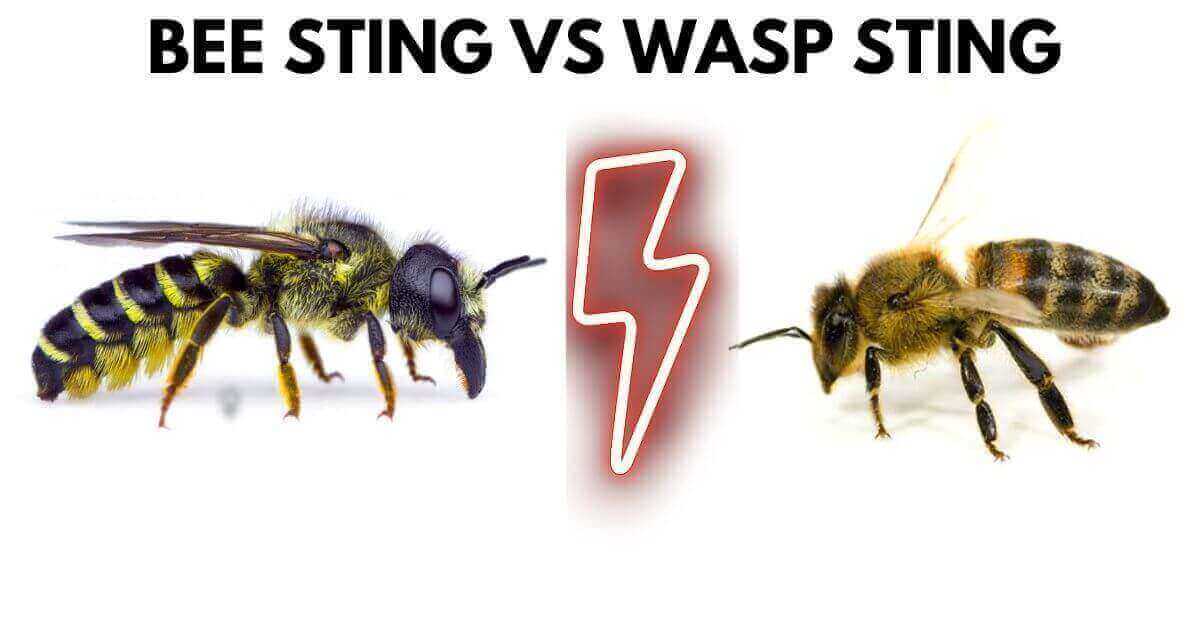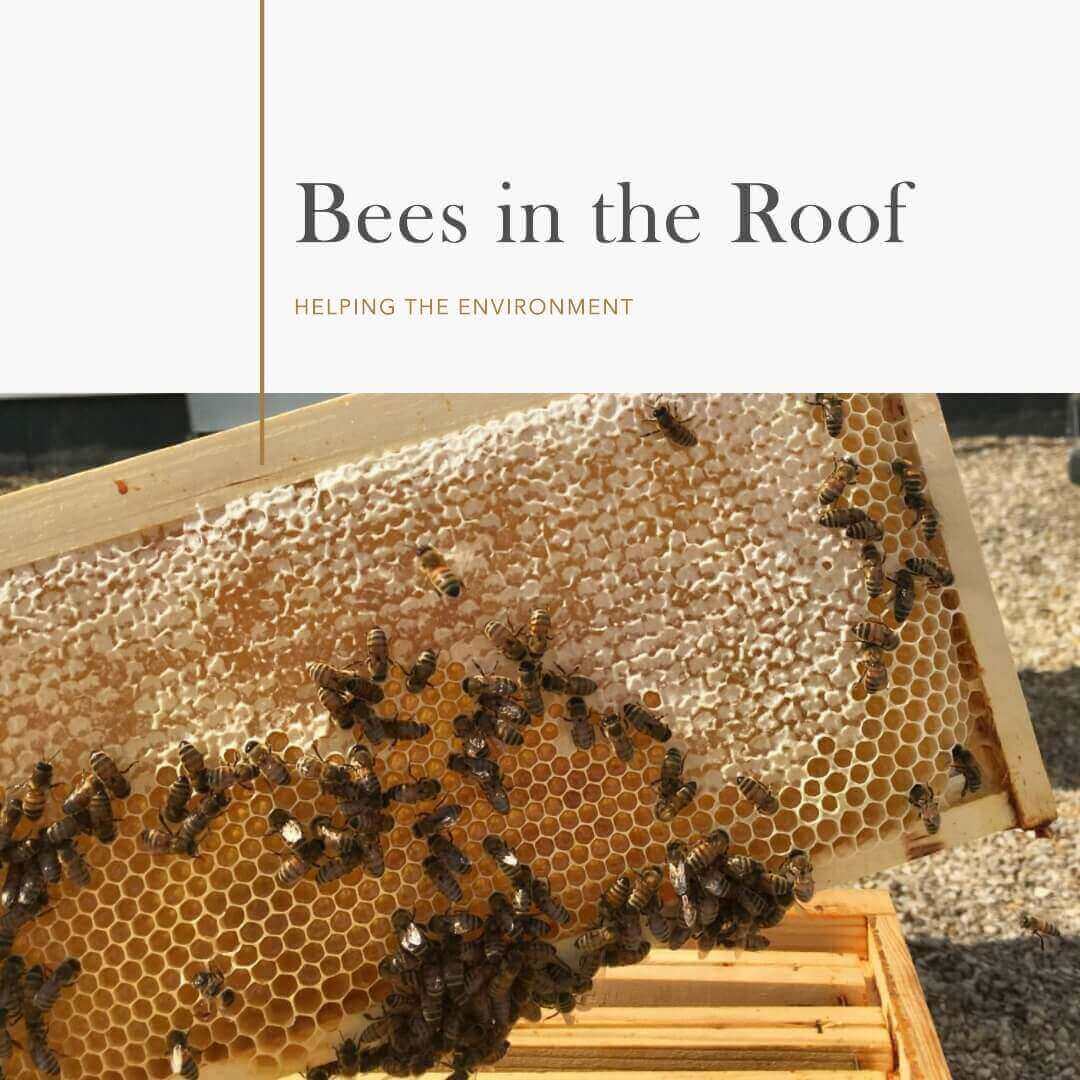Bees and Wasps are both insects which belong to the Hymenoptera group. Wasps and bee’s bodies are different from each other. Bees live in large groups with large colonies, but wasps are less social than wasps; they like to live in small groups. The honey-making process is one of the important differences. However, bees live with a queen, but wasps live without a queen. Wasps hunt every insect, unlike bees. Usually, everyone wants to know about the difference between a Beehive vs wasp nest. Read the article below to learn about beehives vs wasp nest.
Beehive vs Wasp Nest
Bee and wasp nests are beautiful in appearance but different in texture, which they make from their need and available space. The main differences between a bee hive and a wasp nest are:
- The materials used to construct them.
- The social behavior of the insects that build them.
- The structure’s purpose.
How are bee hive vs Wasp nest different?
A bee hive is a structure made of wax that is built by bees. A wasp nest is a structure made of paper-like material built by wasps. A beehive is a highly organized and complex system used to store honey and raise young bees. Wasp nests are not used for storing food.
The Beehive is usually made up of hexagonal cells. The nest is usually built in a protected location, such as under the eaves of a house or in a tree. The bees work together to maintain the hive, collect nectar and pollen, and care for the young bees. Bee hives are often found in natural cavities such as hollow trees, usually called bee hives. Wasps are generally less social than bees and live in smaller nests.
Bee Hive Size
The size of a beehive can be quite dynamic and vary depending on various factors. A typical beehive can contain anywhere from 10,000 to 60,000 bees, with the size of the hive increasing as the colony expands. The volume of a bee hive can be about 40 to 45 liters. A beehive will consist of several layers of comb made of wax, which can be built vertically or horizontally. This comb serves as a living space for the bees, food storage and a nursery for their young. Unlike honey bees, bumblebee colonies can have a nest only a few centimeters in size. All other bee species have nests of different sizes depending on their population.
What is the size of a bee hive in winter?
During the winter, the hive may shrink in size because the bees have fewer food reserves as bees huddle together to keep warm and conserve energy.
Nest Size
Wasp nests’ size depends on the wasps’ population, but we can get some information about wasp nests by searching.
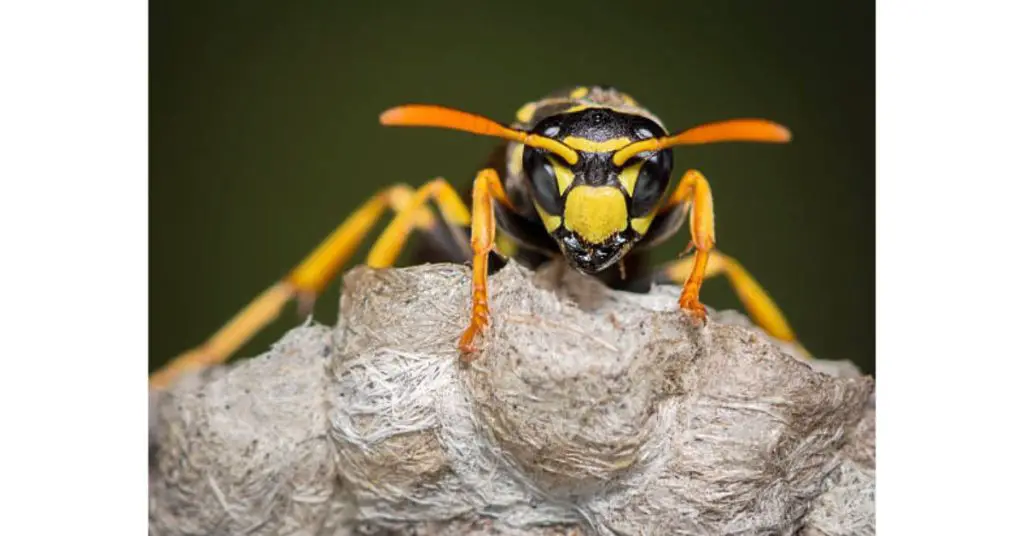
Wasp nests depend on social wasps and solitary wasps. Social wasps build larger nests than solitary wasps. The size of these Wasp nests can vary greatly. Still, some can grow several feet in diameter and contain multiple layers or levels. The largest wasp nests are typically built by species such as the Asian giant or European hornet. Solitary wasps build small nests. These nests can be as small as a few centimeters in diameter and may be found in small crevices, holes in the ground, or walls.
Related Articles
- Natural Beehives Information.
- How Many Beehives Per Acre. How much Honey per Hive.
- Different Types of Beehives and Beehive Benefits.
- Type of Bees Nests. Wood & Ground Bees Nests Removal.
- Carniolan Honey Bee
Location of Beehive & Wasps Nest
Wasps build their nests in Different Places. Many species of wasps prefer to build their nests in trees. Wasps may also build their nests in bushes and shrubs. Some species of wasps build their nests under the eaves of houses, sheds, or other structures, and some build their nests underground. Wasps may also build their nests in attics, crawl spaces, or other indoor areas.
Bees build their nests in various places, depending on the bee species. Some species of bees, such as honeybees, build their nests in hives constructed from wax. Other species, such as bumblebees, may build their nests underground in abandoned burrows or grassy areas. Some solitary bees, such as mason bees, build their nests in holes in wood or other small crevices.
| Size | Wasp Nests | Beehives |
| Small | Generally less than 10 cm in diameter and height | Less than 30 cm in diameter and height |
| Medium | Typically between 10-20 cm in diameter and height | Between 30-50 cm in diameter and height |
| Large | It can be up to 1 meter in diameter and in height | Greater than 50 cm in diameter and height |
| Construction | Made of paper-like material created from wood and saliva | Made of wax produced by worker bees |
| Inhabitants | Social wasps, such as paper wasps, yellow jackets, and hornets | Honey bees, which form colonies led by a queen bee |
| Shape | It can be spherical, umbrella-shaped, or elongated | Hexagonal or circular cells organized in a comb |
Conclusions
Bees and wasps are both members of the Hymenoptera family. Still, their behaviour, physical appearance, and the type of nests they build differ. Bees live in hives and nests, but wasps only live in nests. Wasps build their nests by chewing wood and paper. Wasps live in smaller colonies than bees. I hope you make all difference between beehive vs wasp nest.

